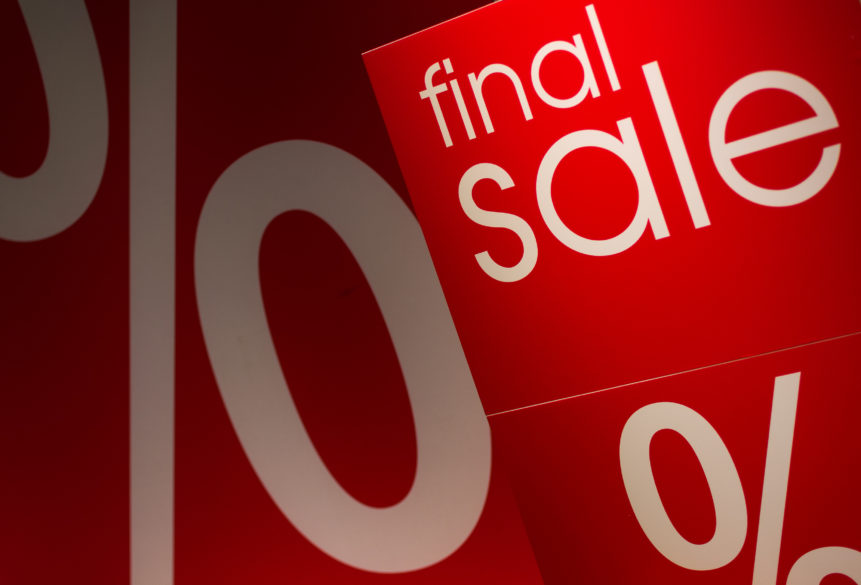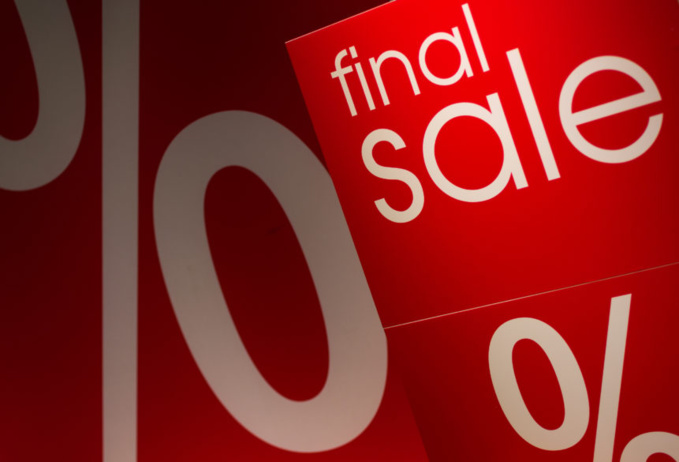Sex
If you look at advertising critically, you can see exactly how advertisers try to influence our behavior. One example of motivation in advertising is related to the old adage “sex is a good seller.” The image of half-naked, usually female, bodies has long become an advertising standard and is used by almost everyone. Beauties advertise everything: from underwear to hamburgers. To attract our attention, advertisers promise erotic pleasure with spicy pictures and ambiguous expressions.
Friendship
Another strong motivator is social recognition. Think of the ads during the World Cup or Hockey Championships. Often this technique is used by beer producers. They show us friends who are happy about the success of their favorite team and are holding cold drinks in their hands. Thus, advertising reinforces the impression that this particular brand is inseparable from good friends and a good time.
Fear
Negative emotions such as fear can also be a powerful motivator. This technique is often used in social advertising. For example, a good way to provoke a motorcycle driver to buy a helmet is to show him a young guy who became disabled after an accident. Such an image in combination with the words “I don’t put on a helmet - I look silly in it” will sober up anyone.
The right motivators push us to action, promising the desired result. There are three key motivators control our behavior: the desire to enjoy and avoid pain, have hope and avoid fear, have social recognition and avoid social rejection. Do you want to regret the next time that you spend too much money? Or, conversely, you are interested in promoting their product? Try to find and see the "hook".
Based on “Hooked. How to Build Habit-Forming Products” by Nir Eyal
If you look at advertising critically, you can see exactly how advertisers try to influence our behavior. One example of motivation in advertising is related to the old adage “sex is a good seller.” The image of half-naked, usually female, bodies has long become an advertising standard and is used by almost everyone. Beauties advertise everything: from underwear to hamburgers. To attract our attention, advertisers promise erotic pleasure with spicy pictures and ambiguous expressions.
Friendship
Another strong motivator is social recognition. Think of the ads during the World Cup or Hockey Championships. Often this technique is used by beer producers. They show us friends who are happy about the success of their favorite team and are holding cold drinks in their hands. Thus, advertising reinforces the impression that this particular brand is inseparable from good friends and a good time.
Fear
Negative emotions such as fear can also be a powerful motivator. This technique is often used in social advertising. For example, a good way to provoke a motorcycle driver to buy a helmet is to show him a young guy who became disabled after an accident. Such an image in combination with the words “I don’t put on a helmet - I look silly in it” will sober up anyone.
The right motivators push us to action, promising the desired result. There are three key motivators control our behavior: the desire to enjoy and avoid pain, have hope and avoid fear, have social recognition and avoid social rejection. Do you want to regret the next time that you spend too much money? Or, conversely, you are interested in promoting their product? Try to find and see the "hook".
Based on “Hooked. How to Build Habit-Forming Products” by Nir Eyal



















